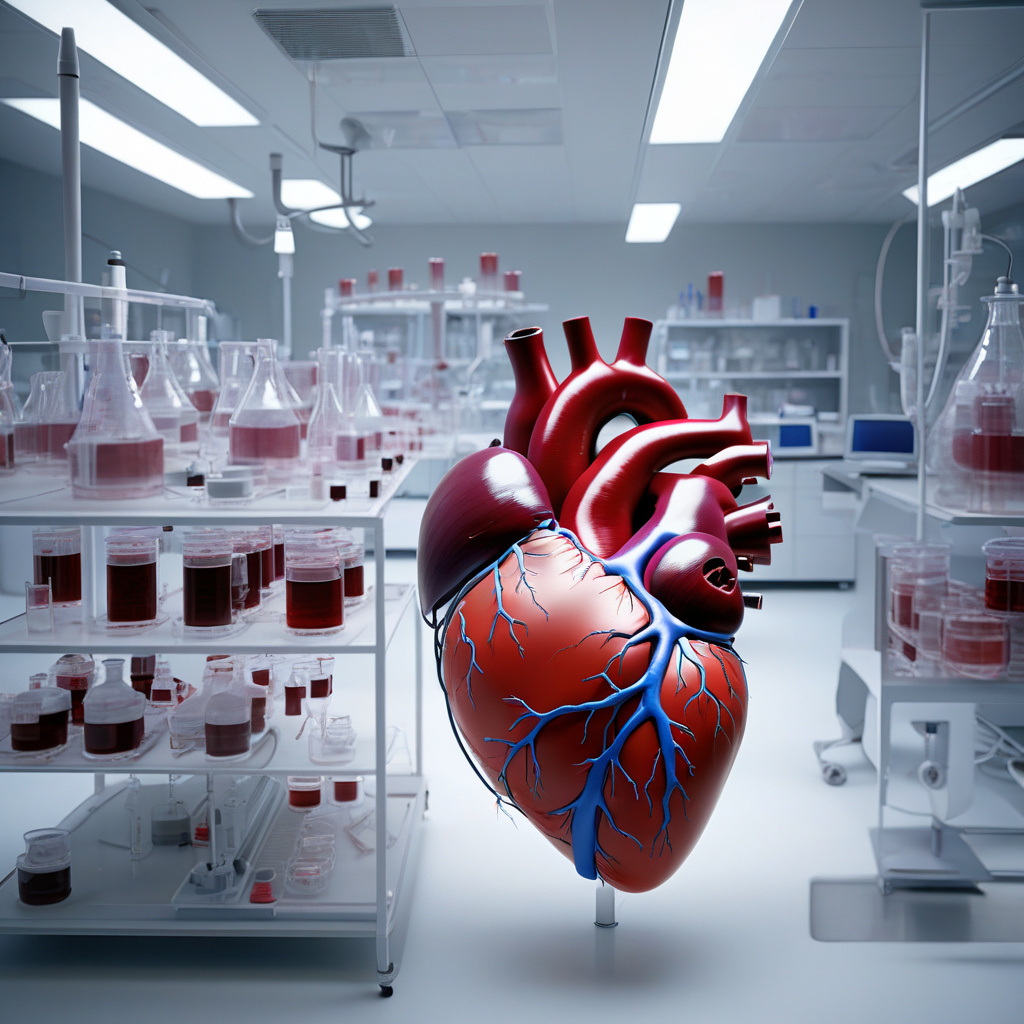Scientists Achieve Breakthrough: Growing Real Blood Vessels in Lab-Made Organs
In a remarkable feat of scientific advancement, two separate teams of researchers have achieved a major milestone in the field of regenerative medicine. By successfully growing blood vessels within lab-grown organs, they have made significant strides towards overcoming one of the most critical challenges in tissue engineering.
The first team, led by Dr. Zhang at the University of California, focused on creating tiny but functional hearts in the lab. Through a meticulous process involving stem cells and bioengineering techniques, they were able to coax these miniature hearts into developing intricate networks of blood vessels. This breakthrough not only brings us closer to the possibility of transplantable organs but also opens up new avenues for studying heart diseases and potential treatments.
Meanwhile, on the other side of the globe, a team of researchers at the University of Tokyo embarked on a similar journey with lungs and livers. By nurturing lab-grown lung and liver tissues, they managed to spur the formation of blood vessels essential for the proper functioning of these organs. Their work represents a critical step towards addressing the shortage of donor organs for patients in need of transplants.
The implications of these achievements are profound. With millions of people worldwide waiting for organ transplants, the ability to grow functional blood vessels within lab-made organs brings hope for a future where organ shortages may become a thing of the past. Moreover, this cutting-edge research paves the way for personalized medicine, where organs tailored to individual patients’ needs could revolutionize healthcare outcomes.
Beyond the realm of transplant medicine, the development of lab-grown organs with intricate vascular systems holds promise for drug testing and disease modeling. Pharmaceutical companies could use these advanced models to predict how drugs will interact with specific organs, potentially accelerating the drug discovery process and reducing the need for animal testing.
While these achievements represent significant progress, challenges remain on the path to fully functional lab-grown organs. Ensuring the viability and long-term stability of these artificial tissues, as well as addressing the immune response upon transplantation, are among the key hurdles that researchers continue to tackle.
As we witness the dawn of a new era in regenerative medicine, fueled by groundbreaking discoveries like the growth of blood vessels in lab-made organs, it becomes clear that the possibilities are endless. From saving lives through organ transplants to revolutionizing drug development, the impact of this research reverberates far and wide, offering hope for a healthier future.
#RegenerativeMedicine, #LabGrownOrgans, #OrganTransplants, #TissueEngineering, #MedicalBreakthroughs












